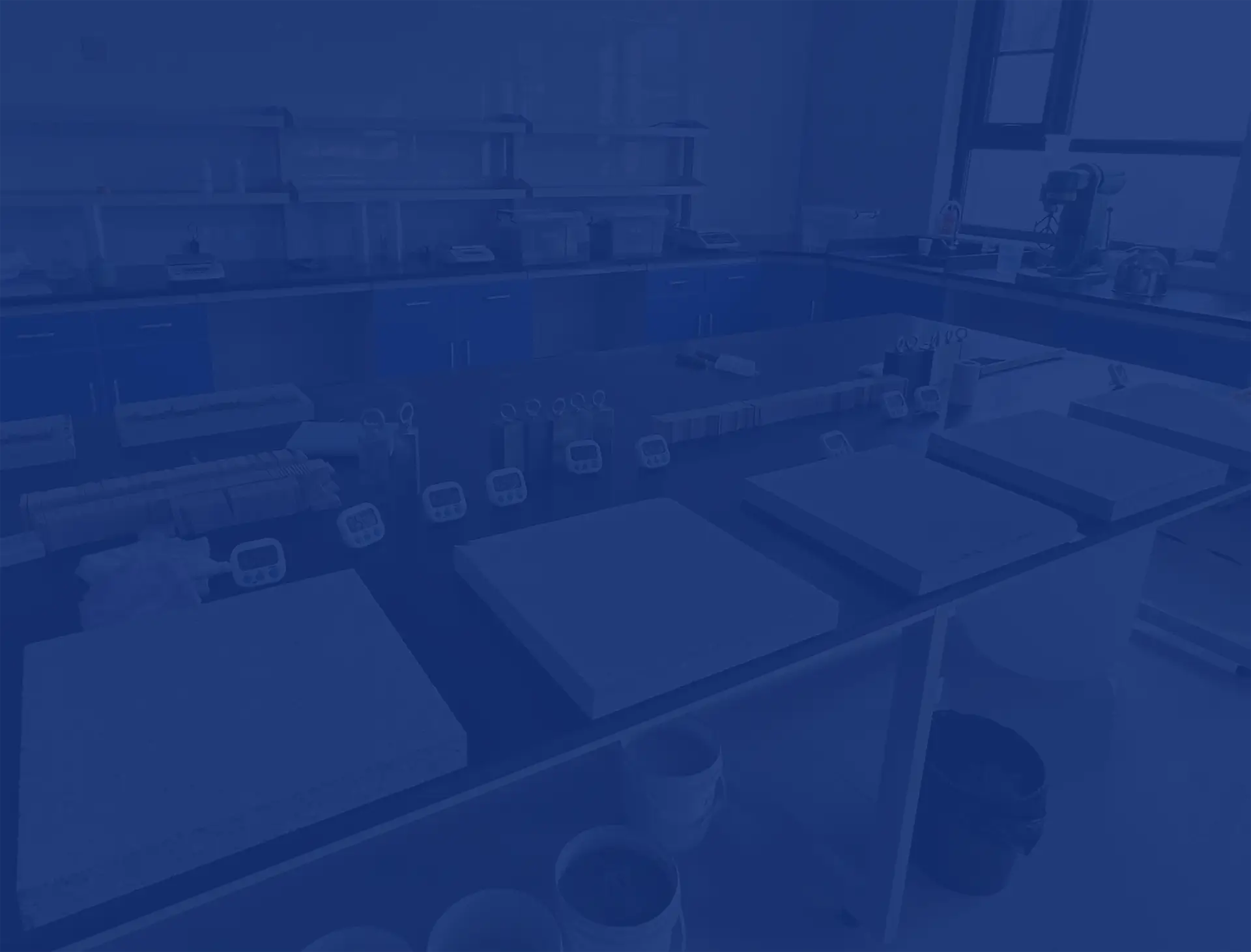
ਜੁਲਾਈ . 27, 2024 11:02 Back to list
Understanding HPMC Applications and Benefits in Tile Adhesive Formulations for Enhanced Performance
The Role of HPMC in Tile Adhesives
Hydroxypropyl Methylcellulose (HPMC) has become an essential ingredient in the formulation of tile adhesives, playing a critical role in enhancing the performance and application of these materials. As a non-ionic cellulose ether derived from natural plant sources, HPMC is widely recognized for its versatile properties, making it an invaluable component in the construction industry.
Understanding HPMC
HPMC is characterized by its ability to dissolve in cold water and form a viscous solution. It is a white, odorless powder that can modify the texture, consistency, and fluidity of various products. The chemical structure of HPMC, which includes hydroxypropyl and methoxy groups, grants it unique properties such as water retention, adhesion enhancement, and improved workability. This versatility makes HPMC a popular choice in tile adhesive formulations, where it provides significant benefits.
Benefits of HPMC in Tile Adhesives
1. Water Retention One of the primary functions of HPMC in tile adhesives is its water retention capability. By retaining moisture in the adhesive layer, HPMC allows for better bonding between the tile and the substrate. This quality is especially important in environments where ambient conditions may lead to rapid drying, as it extends the open time of the adhesive and ensures that the tiles can be placed correctly without premature setting.
hpmc for tile adhesive

2. Improved Workability HPMC enhances the workability of tile adhesives, allowing for a smoother application and better spreadability. This ease of use is crucial for contractors and DIY enthusiasts alike, as it enables them to achieve a consistent and uniform layer of adhesive. The modified viscosity provided by HPMC also helps prevent sagging of tiles during placement, particularly for larger format tiles.
3. Enhanced Adhesion The presence of HPMC in tile adhesives contributes to improved adhesion properties. Its ability to interact with various substrates—such as ceramic, porcelain, natural stone, and cementitious surfaces—means that it can create strong bonds that resist water infiltration and shear forces. This quality is paramount in ensuring the longevity and durability of tiled surfaces, particularly in wet areas like bathrooms and kitchens.
4. Compatibility and Versatility HPMC is compatible with a wide range of other additives and materials commonly used in tile adhesives, such as polymer modifiers, pigments, and other fillers. This compatibility allows for the formulation of tailored adhesives that can meet specific performance requirements, whether it be for enhanced flexibility, increased shear strength, or resistance to environmental factors.
5. Environmental Considerations As a product derived from natural cellulose, HPMC is considered environmentally friendly compared to some synthetic polymers. Its use contributes to the development of sustainable construction materials, aligning with the industry's growing focus on eco-friendly practices.
Conclusion
In conclusion, Hydroxypropyl Methylcellulose plays a pivotal role in the effectiveness and reliability of tile adhesives. Its contributions to water retention, workability, adhesion strength, compatibility, and environmental sustainability make it an indispensable component in modern tile installation. As the construction industry continues to evolve, HPMC-based formulations will undoubtedly remain at the forefront, offering solutions that meet the demands of both professionals and consumers. By understanding the significance of HPMC in tile adhesives, stakeholders can make informed decisions that enhance the quality and durability of their installations.
-
Versatile Hpmc Uses in Different Industries
NewsJun.19,2025
-
Redispersible Powder's Role in Enhancing Durability of Construction Products
NewsJun.19,2025
-
Hydroxyethyl Cellulose Applications Driving Green Industrial Processes
NewsJun.19,2025
-
Exploring Different Redispersible Polymer Powder
NewsJun.19,2025
-
Choosing the Right Mortar Bonding Agent
NewsJun.19,2025
-
Applications and Significance of China Hpmc in Modern Industries
NewsJun.19,2025







